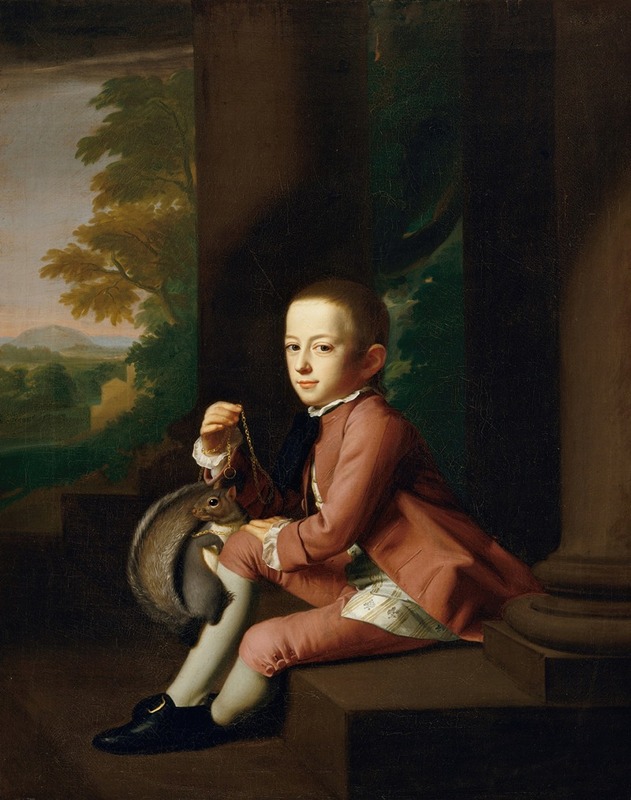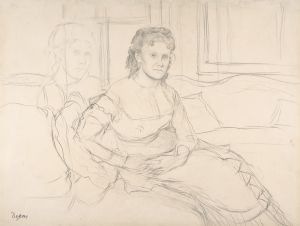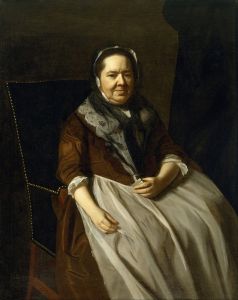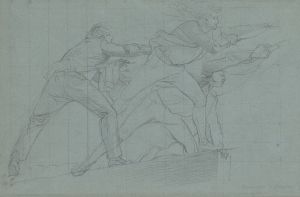
Daniel Crommelin Verplanck
A hand-painted replica of John Singleton Copley’s masterpiece Daniel Crommelin Verplanck, meticulously crafted by professional artists to capture the true essence of the original. Each piece is created with museum-quality canvas and rare mineral pigments, carefully painted by experienced artists with delicate brushstrokes and rich, layered colors to perfectly recreate the texture of the original artwork. Unlike machine-printed reproductions, this hand-painted version brings the painting to life, infused with the artist’s emotions and skill in every stroke. Whether for personal collection or home decoration, it instantly elevates the artistic atmosphere of any space.
John Singleton Copley, an American painter known for his portraits of prominent figures in colonial New England, created the portrait of Daniel Crommelin Verplanck. Copley was renowned for his ability to capture the likeness and character of his subjects with meticulous detail and a keen sense of realism, which made him one of the most sought-after portraitists of his time.
Daniel Crommelin Verplanck was born in 1762 into a prominent New York family. His father, Samuel Verplanck, was a successful merchant, and his mother, Judith Crommelin, hailed from a family with strong ties to the Dutch colonial elite. The Verplanck family was well-connected and influential, which likely played a role in their decision to commission a portrait from Copley, who was at the height of his career during the late 18th century.
The portrait of Daniel Crommelin Verplanck was painted when he was a young boy, around the age of nine. Copley’s skillful use of color and light is evident in the way he captures the youthful innocence and poise of his subject. The boy is depicted wearing a blue satin suit, which was typical of the fashion for children of affluent families during that period. The attention to detail in the rendering of the fabric and the subtle play of light across the folds of the clothing demonstrate Copley’s mastery of texture and form.
Copley’s portraits often included elements that provided insight into the sitter’s personality or social status. In this painting, the background is kept relatively simple, focusing the viewer’s attention on the young Verplanck. The choice of attire and the confident yet gentle expression on the boy’s face suggest a sense of privilege and refinement, characteristics that were likely valued by his family.
The portrait is significant not only as a representation of Daniel Crommelin Verplanck but also as an example of Copley’s work during a period when he was transitioning from his American roots to a broader international career. In 1774, Copley moved to London, where he continued to enjoy success as a portraitist and history painter. His move was partly motivated by the political unrest in America leading up to the Revolutionary War, which affected many of his patrons.
Today, the portrait of Daniel Crommelin Verplanck is held in the collection of the Metropolitan Museum of Art in New York City. It remains an important example of Copley’s early American work and offers a glimpse into the life and times of a young boy from a distinguished New York family during the colonial era. The painting is appreciated not only for its artistic merit but also for its historical significance, providing insight into the social and cultural milieu of 18th-century America.


















